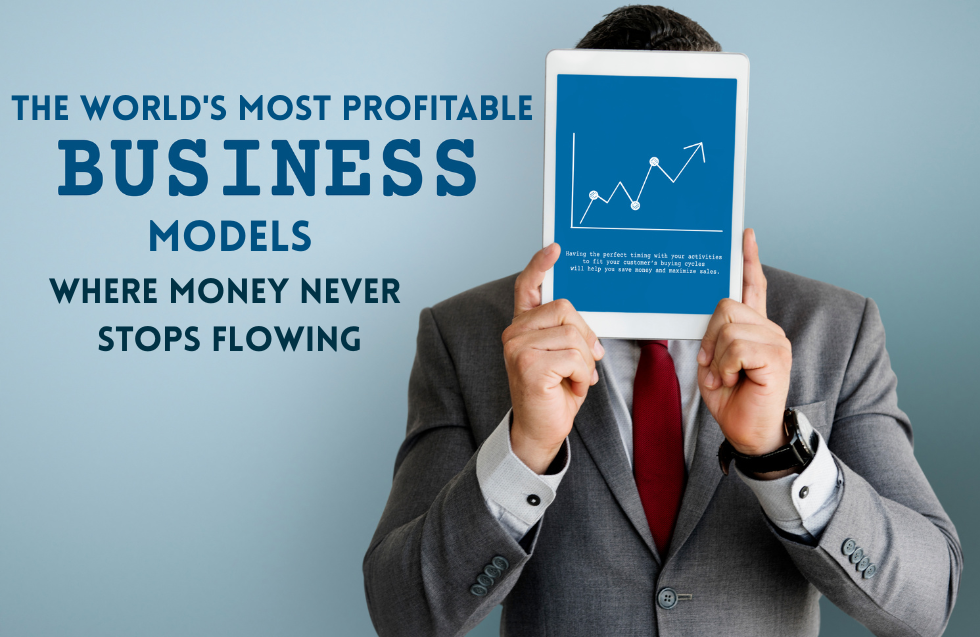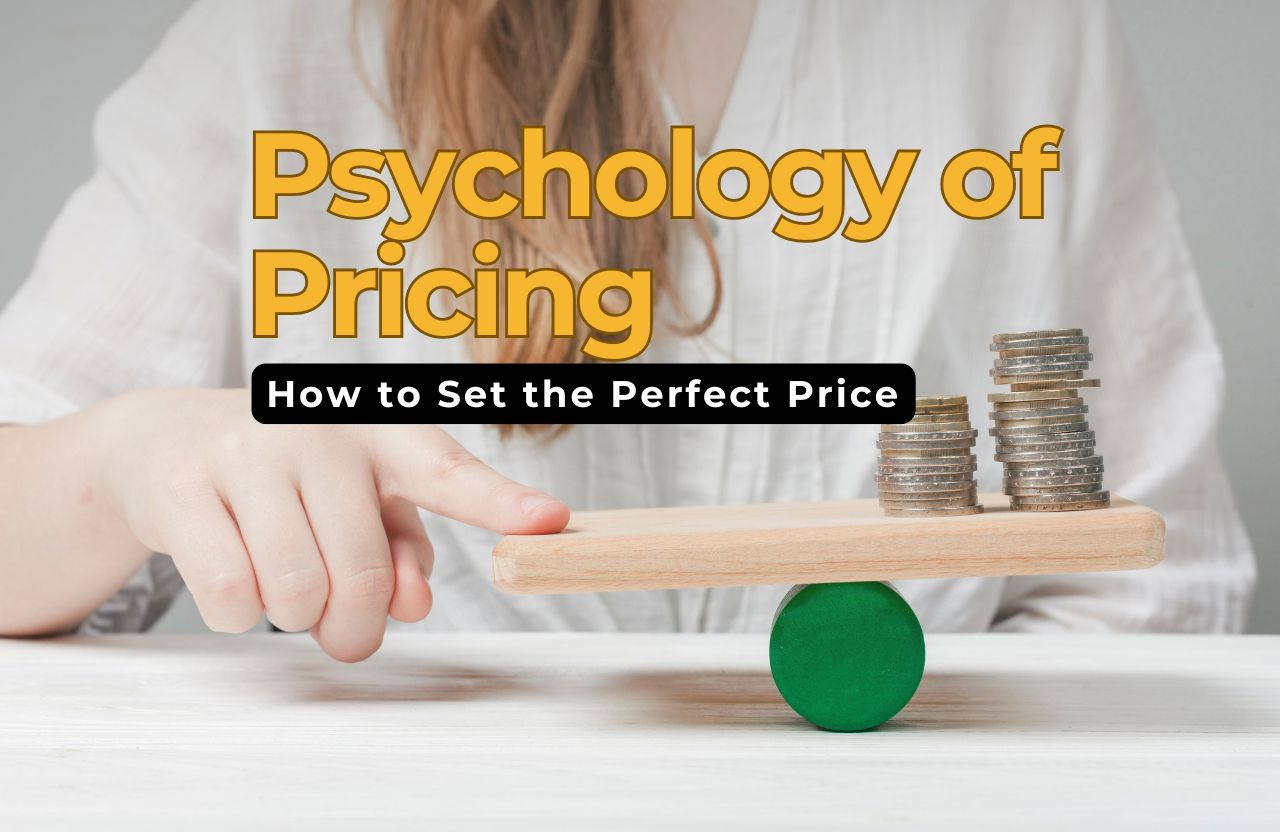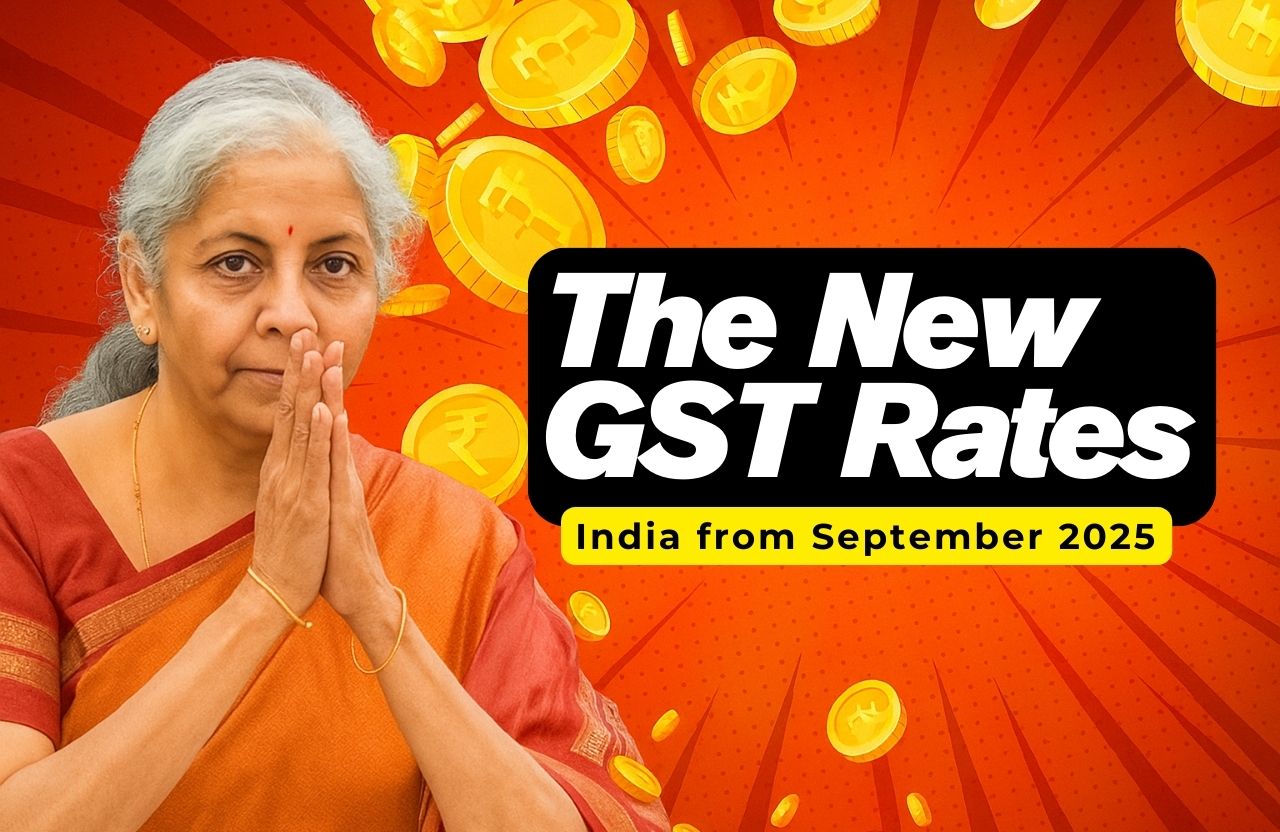Today’s most profitable business models aren’t built for quick wins, they’re designed for long-term success. Companies that weave sustainability into their core do more than protect the planet, actually outperform competitors and growing 1.4% faster each year, according to the UN.
Why? Because customers demand it. Around 79% look for eco-friendly packaging and 82% are willing to pay extra for sustainable products. But true sustainability isn’t just about “going green” it’s about rethinking how businesses create value.
In this article, we’ll explore eight business models that prove you can be both profitable and sustainable, why they keep generating steady cash flow and how you can apply these lessons to build your own future-ready business.
What makes a business plan bring in the cash?
When we look beyond just money coming in and going out, a really profitable business plan shows it can last a long time through key strategy parts. Successful business plans show steady money returns by putting together several crucial pieces.
Regular income and room to grow
The key to many businesses that make lots of money is setting up income streams you can count on. Plans based on people paying have grown fast ie, 3.7 times faster than the S&P 500. These regular income plans help keep customers coming back while letting businesses predict their income which helps with planning budgets and making big decisions.
Although 70% of companies think recurring revenue models are the way forward in their industries 10% have put them into practice. The subscription economy keeps growing with predictions showing it’ll hit $1.5 trillion by 2025.
What’s more, these models can scale up; as you get more customers, your income increases without needing to add resources at the same rate.
Low running costs with high profits
Successful businesses always meet customer needs at good prices while keeping their costs in check. The main drivers of a solid business model are smart pricing and cost control. Many experts think gross profit matters more than revenue when looking at business plans.
Digital services have a big impact on profit potential with low startup costs, you often just need a laptop and internet.
Take software companies as an example. They bring in around $10.60 million each year starting with about $55,000 and end up with solid profit margins of 18.3%. The cool thing about software is that once you make it, you can sell it over and over without spending much more. This turns your initial investment into money that keeps coming in for a long time.
Customer retention and lifetime value
Customer Lifetime Value (CLV) can indicate how much money a customer might spend with you over their relationship. Studies show it costs 6 to 7 times more to get a new customer than retain a customer. What’s more, if you can keep just 5% more customers, you could see your profits jump by 25% or even higher.
The numbers make sense: you’re up to 14 times more likely to sell to someone who’s bought from you before than to a new person. Also, CLV goes up as you keep more customers, with the biggest gains happening when you keep over 90% of them.
Global reach and digital leverage
Companies make the most money these days by using online tools to sell everywhere. Online stores and marketplaces let businesses show their stuff to the whole world without needing actual shops. Also social media, with its billions of users, gives companies a cheap way to talk to people all over the globe.
When more people use a service, it becomes more valuable. This has an impact on how fast a business grows. Online ads are super precise way better than old-school marketing. This lets companies try out new markets without risking too much cash.
8 of the world’s most profitable business models
Some ways of doing business always seem to make a ton of money, no matter what’s happening with the economy. These eight approaches have been around for ages making people rich by coming up with new ways to give value and get paid for it.
1. Subscription-based model
Companies that use subscription models have a steady income flow. Experts predict 75% of direct-to-consumer brands will offer subscriptions by 2025. Adobe shows how powerful this model can be for long-term growth. When they switched to subscriptions, their market value shot up from $20 billion to over $200 billion in just seven years.
2. Platform-based model (e.g., marketplaces)
Platform businesses link buyers and sellers without holding stock. They create value by making these connections easier. Take Amazon Marketplace, for example. It’s home to more than 6.3 million third-party sellers who make up 60% of Amazon’s retail sales. These models have high profit margins, between 60-90%. This is because they deal with information, not physical goods.
3. Freemium model
Freemium models pull in huge numbers of users by giving away basic services and charging for premium features. Spotify turned 201 million of its 574 million active users into paying customers, a whopping 35% conversion rate that brings in steady cash.
4. Franchise model
Franchising lets businesses grow fast without spending much money. McDonald’s makes most of its money from 4-5% sales royalties and property rentals instead of selling burgers giving it a hefty 44.7% average profit margin.
5. Razor and blade model
This method has an impact on selling a basic product at a low price while making money from supplies. Printer makers get 20% profits on equipment but 60% profits on ink ensuring steady income from each buyer.
6. Licensing model
Microsoft’s licensing plan brings in about $45 billion with low delivery costs. Software firms often keep profit margins between 80-90% because of tiny reproduction expenses.
7. Aggregator model
Aggregators bring together scattered markets gaining power through their size. Insurance aggregators often earn up to 15-30% cuts while adding the value by making it easy to compare options.
8. Direct-to-consumer (DTC) model
Removing the middlemen, DTC brands rake in bigger profits while managing customer connections. These companies earn 2-4 times more than traditional stores by getting rid of wholesale markups.
Why these business models keep making money
The key is how they build lasting value through several ways that work together.
Customers who stick around and buy again
The most profitable business models create faithful customers. Studies show that keeping just 5% more customers can increase profits by 25% to 95%. Devoted buyers shop 90% more often and spend 60% extra each time. This means companies with strong loyalty programs see 15-25% more yearly income from members who take part.
Network effects and economies of scale
Network effects create value that increases exponentially rather than at a fixed percentage like traditional economies of scale. The platform gets better for every existing user with every new user. It creates positive feedback loops of value creation. No wonder experts believe platform businesses are on the rise, growing from $9 billion in 2023 to $19 billion in 2030. In most cases, these gains accrue to one entity, creating barriers for competitors to enter the market.
Upselling and personalized experiences based on data.
Customer data-driven personalization has a big impact on profits. Businesses that do personalization will make 40% more money than their rivals. Companies that use data are 23 times more likely to get new customers and 19 times more likely to make money. AI-powered targeted deals can boost sales by 1-2% and increase profit margins by 1-3%.
Low inventory or asset needs
Many successful business models work well without needing to invest in lots of physical stuff. They handle information instead of managing assets.
How to build a profitable and sustainable business models
Define and describe a strong value proposition
First, develop a concise statement that communicates the value of your offer. A good value proposition explains how your product meets a specific need without causing new issues. Strong propositions skip the marketing jargon and show real results for customers. Companies that get their customers’ true needs can come up with propositions that have a direct impact on buying choices.
Design for long-term customer engagement
Customer relationships are the key to long-term profitability. For instance, repeating customers will spend up to 60% more with each purchase. So, making a weak link connecting with customers across multiple touchpoints is effectively lost. Tailoring your approach to each customer gives you an awareness of their pain points and 66% of consumers will stop using brands that do not feel personal.
Make sustainability part of your business DNA
Sustainability should go beyond just following rules, it needs to shape top-level choices. This means putting ESG oversight at the board level to ensure everyone in the company is on board. Firms that weave sustainability into their day-to-day work beat their rivals by 2% in yearly returns to shareholders.
Harness tech to grow
As your company expands, your tech setup needs to grow too. Cloud approaches make scaling up easier since you don’t need to buy expensive technology upfront. When you can automate all the boring tasks, your employees can focus on the big picture and the mistakes inevitably reduce.
Look at more than just sales to gauge success
Companies that last 3-6 months of running costs save up and spread out where their money comes from. They make sure no single source makes up more than 40-50% of their total income. Regular money check-ups that compare results to goals help spot problems .
To wrap up
The examples of viable and sustainable business models demonstrate that it is possible to make money while being sustainable. Long-term businesses build recurring revenue, have low costs, develop customer loyalty and leverage digital in order to provide resilience against economic disruptions.
All of the eight models discussed – subscriptions, freemium, marketplace, DTC and others have similarities in that they capitalize on repeat customer value, loyalty to the company, network effects, use data smartly and do not maintain physical assets.
At the heart of any sustainable business model is a strong value proposition; sustainable business practices and the execution of a business plan. It is not easy and requires considerable thought into the plan but the benefits of sustainable business are for the customer, employees and shareholders alike.
As markets evolve, the emphasis must remain on contributing real value to people. Whether you are starting a new venture or refining an existing one, one thing remains for certain, the business models discussed here offer reliable roadmaps for creating sustainable profits.
FAQs
Q1. What are the best business models for making money today?
Good models are subscriptions, online marketplaces, freemium services, franchises, licensing, aggregators, razors and blades and direct to consumer.
Q2. Why are digital businesses so often so profitable?
Because they are scalable, have high gross margins and can sell a product an unlimited number of times without buying new stock.
Q3. How does a subscription model generate profit?
It generates consistent monthly cash flow, retains customers for the long haul and increases with every new subscriber.
Q4. Is customer loyalty truly more profitable than customer acquisition?
Absolutely! Retaining a customer is much less expensive and loyal customers will purchase significantly more over time.
Q5. How do I create a profitable and sustainable business?
Have a clear value proposition, create customer loyalty, create sustainability, use technology to scale and create multiple profit avenues.












